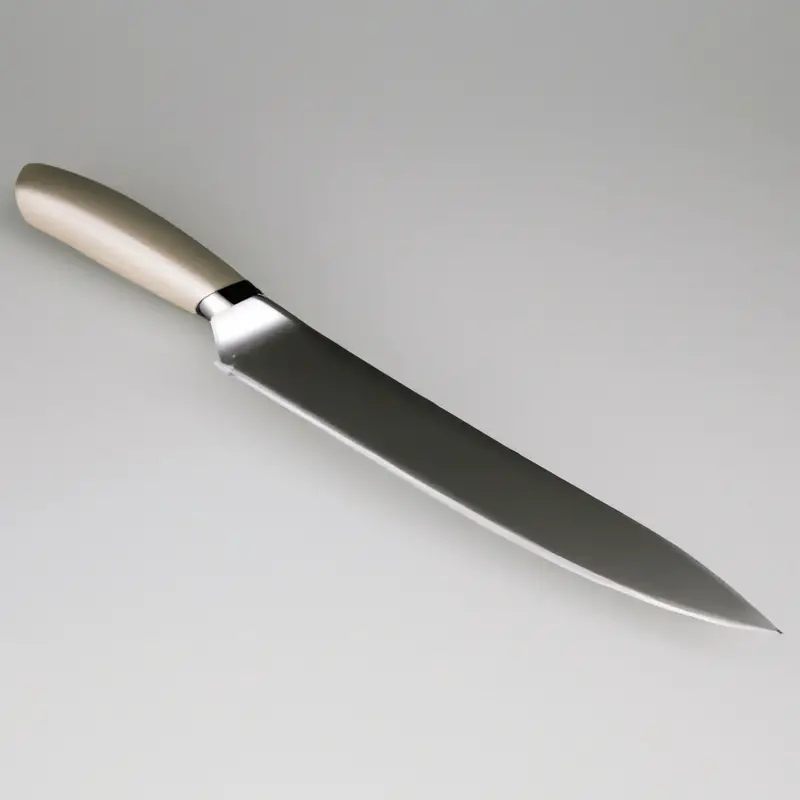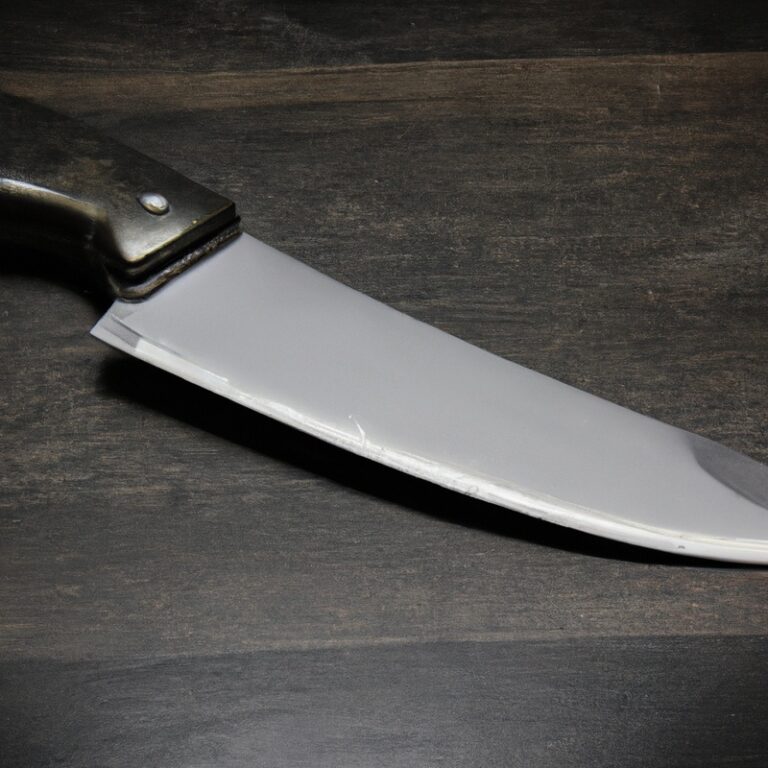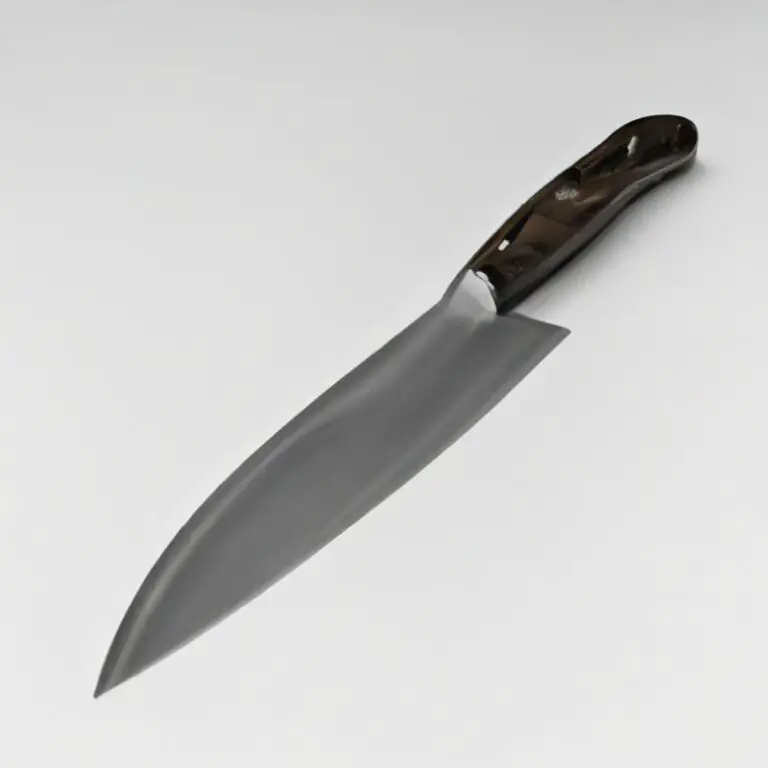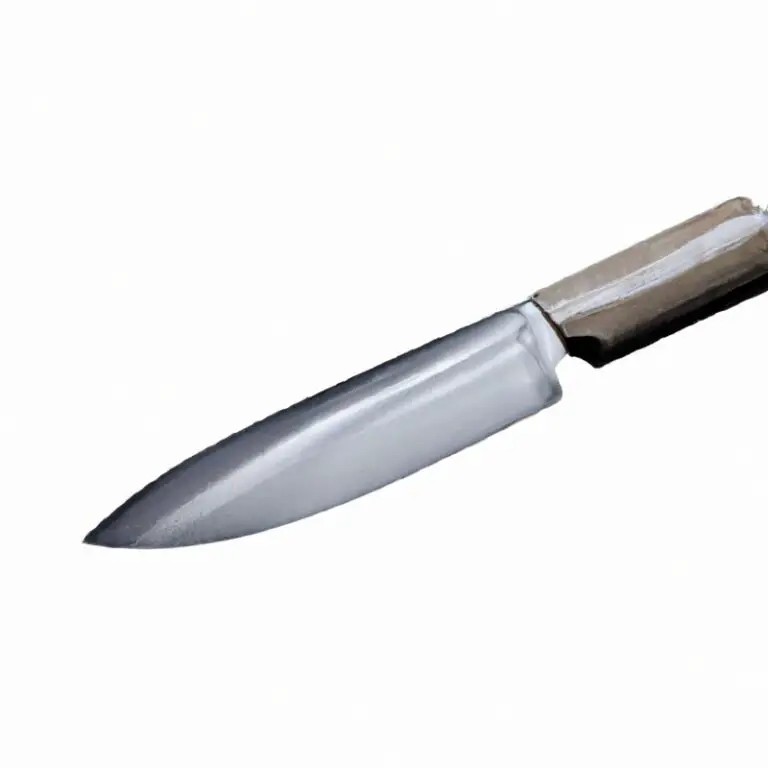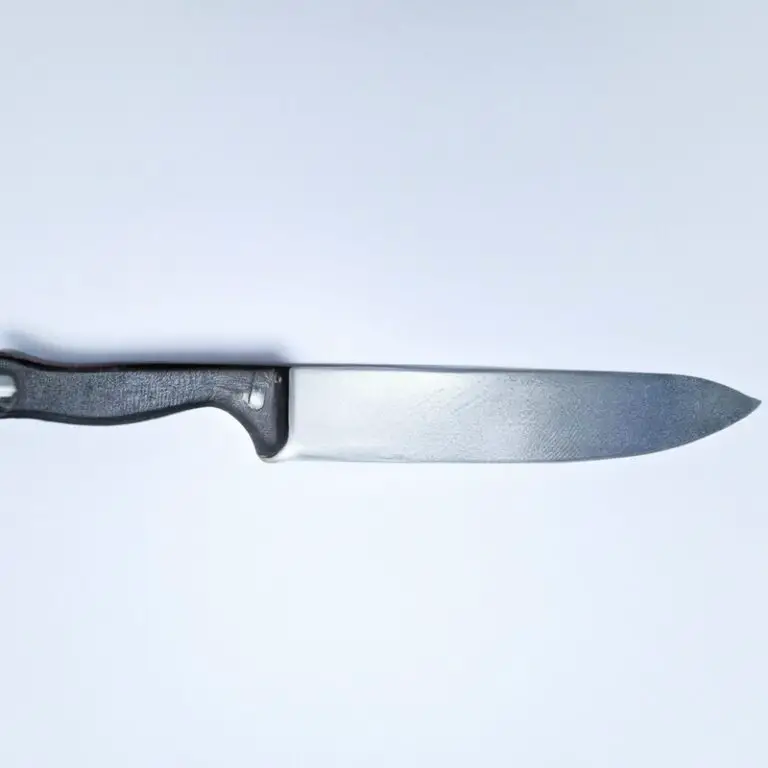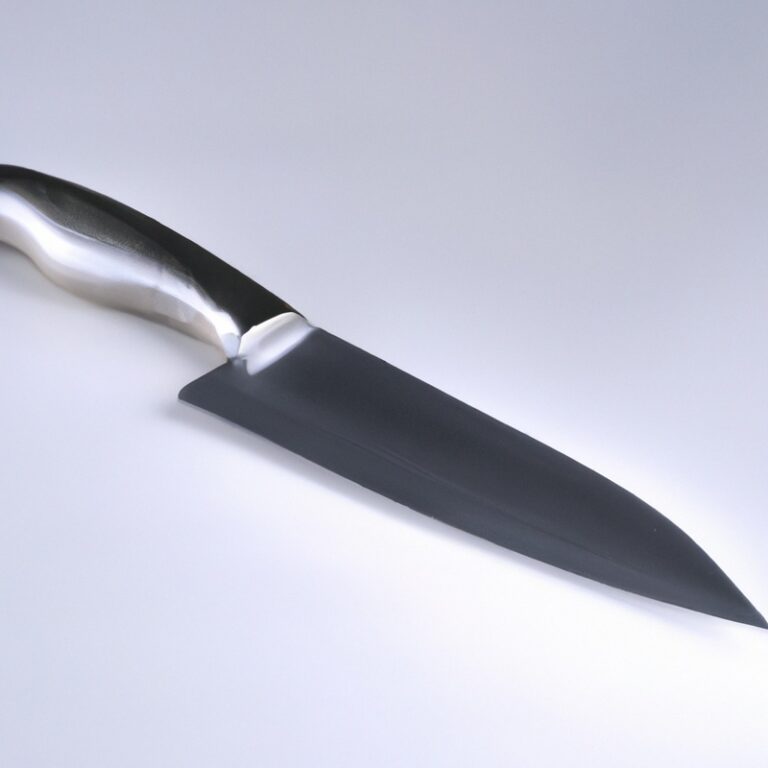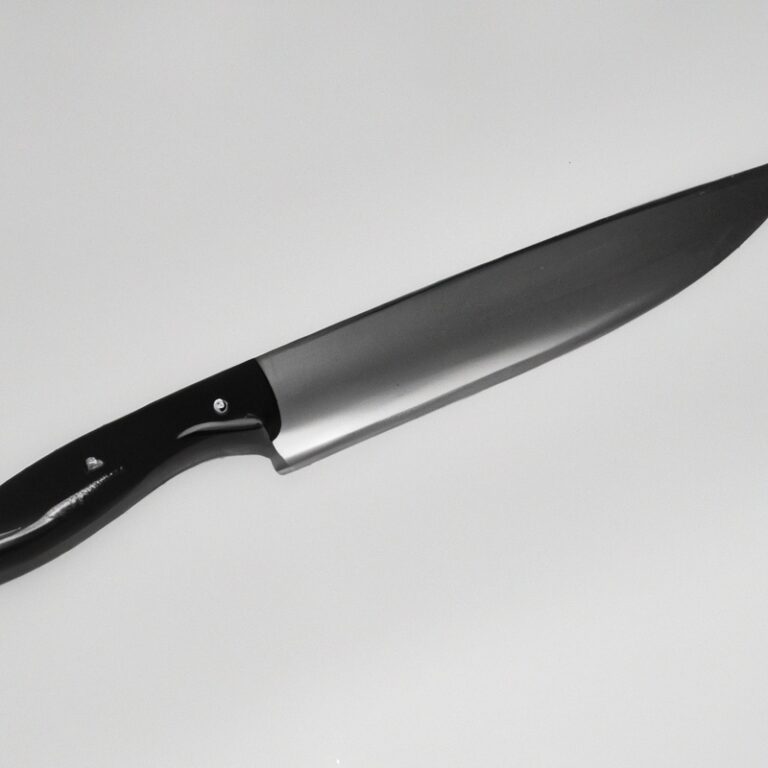Which Knife Steel Is Best For Throwing Knives?
Key Takeaways:
- High carbon steel is the preferred choice for throwing knives due to its durability and ability to hold a sharp edge.
- Stainless steel is less ideal for throwing knives as it may not offer the same level of strength and edge retention.
- Proper technique and skill are more important factors for successful knife throwing than the steel used.
- It is crucial to select a knife steel that matches your throwing style and preferences to maximize performance.
Are you ready to enter the thrilling world of knife throwing? Well, before you step up to the line, you’ll want to make sure you have the right tools in your hand.
That’s where the choice of knife steel comes into play.
With a plethora of options available, it can be overwhelming to know which steel is best suited for throwing knives. Stainless steel, carbon steel, or perhaps the exquisite Damascus steel?
Each has its own unique properties and considerations to keep in mind.
As an expert in the field, I’ll guide you through the different types of knife steel, factors to consider, and ultimately reveal the best steel for your throwing needs. So sharpen your focus and let’s dive in!
| Steel Type | Pros | Cons |
| AUS-6 | – Inexpensive – Good for beginners – Easy to sharpen |
– Lower wear resistance – Not ideal for heavy-duty use |
| 440C | – Good corrosion resistance – Excellent edge retention – Durable |
– Moderate toughness – Medium difficulty to sharpen |
| 1095 | – High carbon content for excellent toughness – Easy to sharpen – Holds an edge well |
– Prone to rust – Requires regular maintenance |
| S30V | – High wear resistance – Good corrosion resistance – Excellent edge retention |
– Higher price point – May be challenging to sharpen for some |
Common types of knife steel used for throwing knives
Stainless steel
Stainless steel is a popular type of knife steel used for throwing knives.
It offers several benefits that make it a great option for this purpose.
One of the key advantages of stainless steel is its high resistance to corrosion.
This means that your throwing knives will be less likely to rust, even if you use them in wet or humid environments.
Stainless steel is also known for its durability and strength, making it capable of withstanding the impact of repeated throws.
Additionally, stainless steel blades tend to have good retention of their sharp edges.
Overall, stainless steel is a reliable choice for throwing knives due to its corrosion resistance, durability, and edge retention.
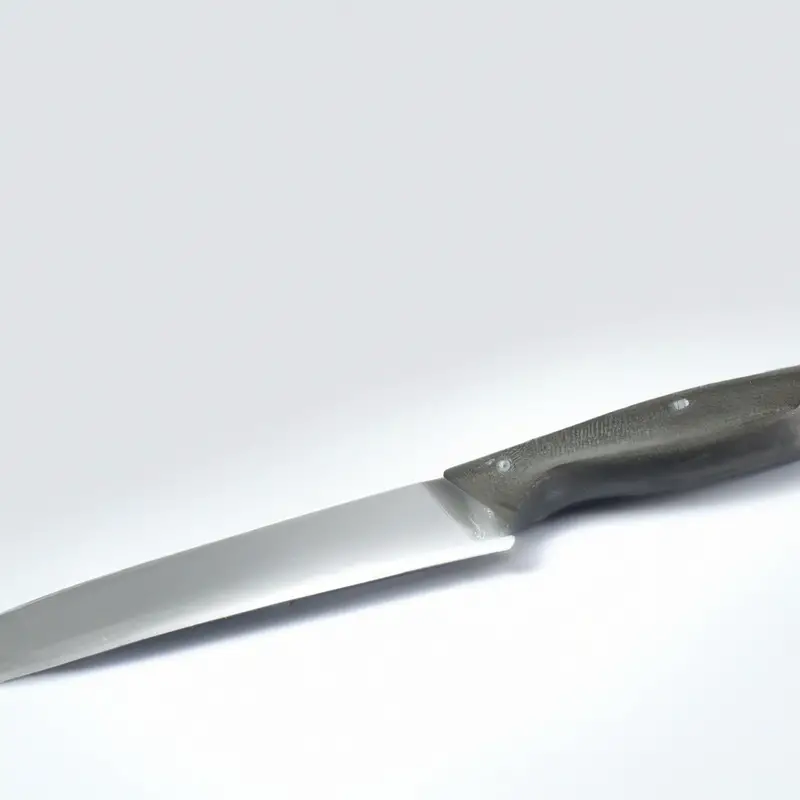
Carbon steel
Carbon steel is a popular choice for throwing knives due to its strength and durability. It is a high-carbon alloy that can hold a sharp edge and withstand repeated impacts.
Carbon steel knives are known for their excellent balance and throwing accuracy.
However, they are more prone to corrosion and require regular maintenance to prevent rust. Some common types of carbon steel used for throwing knives include 1095 and 5160.
Overall, carbon steel knives offer reliable performance for throwing enthusiasts but need proper care to ensure longevity.
Damascus steel
Damascus steel is a popular choice for throwing knives due to its unique aesthetics and excellent performance. Made by layering different types of steel, Damascus blades are known for their distinctive patterns.
This type of steel offers a good balance of strength and flexibility, making it suitable for throwing.
Additionally, Damascus steel is known for its exceptional edge retention, allowing for repeated use without frequent sharpening. However, it’s important to note that Damascus steel can be more expensive compared to other types of knife steel.
Care should be taken to properly maintain and protect the blade to prevent corrosion.
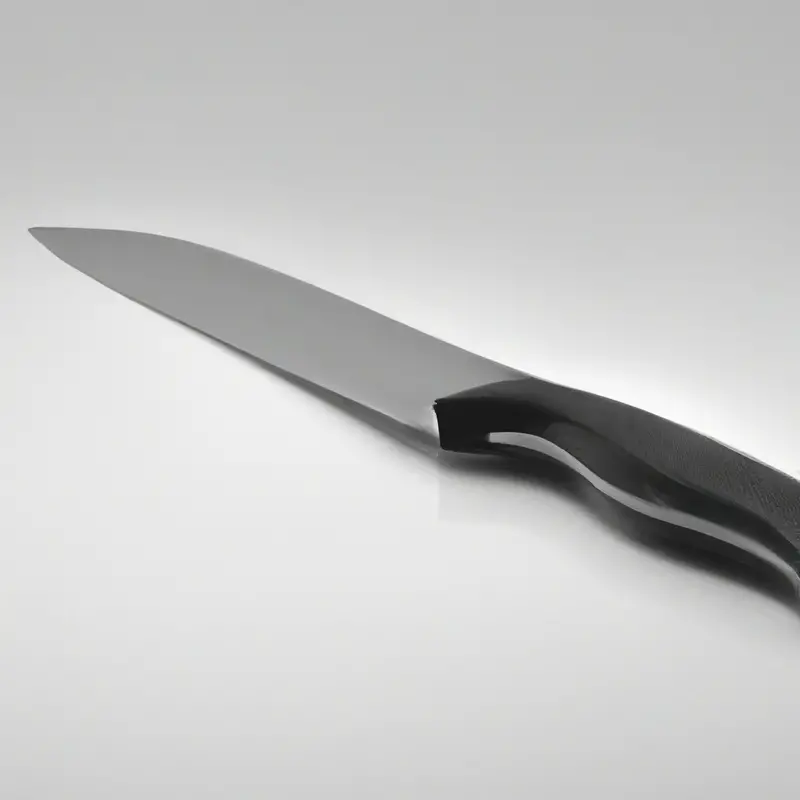
Factors to consider when choosing knife steel for throwing knives
Durability and strength
Durability and strength are essential factors to consider when choosing knife steel for throwing knives.
You want a steel that can withstand the impact of repeated throws without bending or breaking.
Look for steels that have high hardness and tensile strength, such as certain stainless steels and carbon steels.
These steels not only provide excellent durability but also offer superior resistance against wear and deformation.
Remember, the durability and strength of the knife steel can significantly affect the longevity and performance of your throwing knives.
Corrosion resistance
Corrosion resistance is a vital factor to consider when choosing knife steel for throwing knives.
It refers to the knife’s ability to withstand rust and oxidation when exposed to moisture or harsh environments.
Opting for stainless steel, which contains chromium, is a smart choice as it is highly resistant to corrosion.
Carbon steel, on the other hand, is more susceptible to rust but can be mitigated with proper care and maintenance.
Damascus steel, although visually appealing, may have varying levels of corrosion resistance depending on the specific composition.
Regular cleaning, drying, and oiling will help prolong the lifespan of your throwing knives and maintain their corrosion resistance.
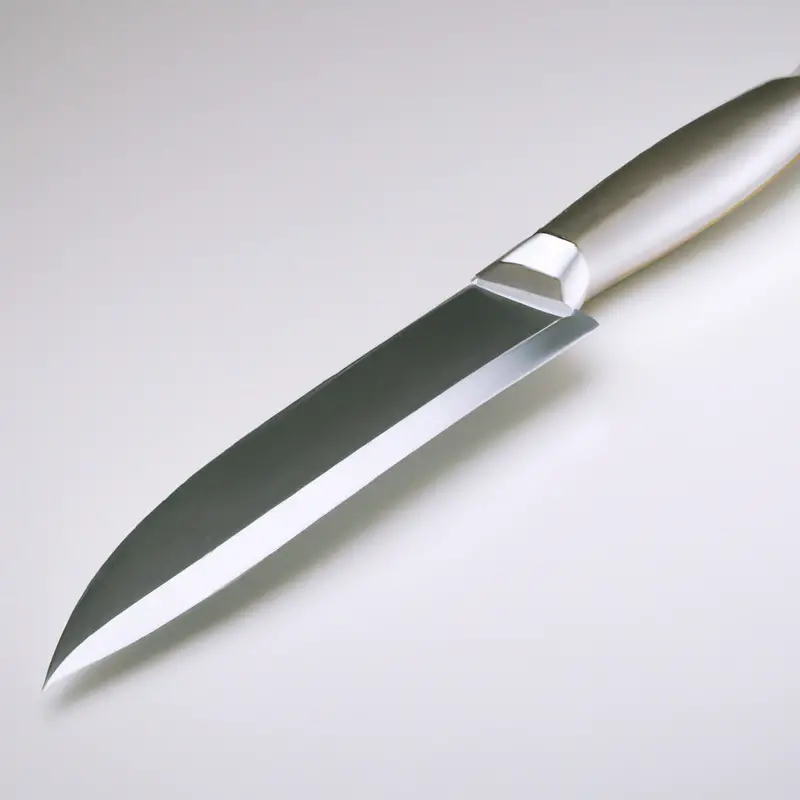
Edge retention
Edge retention is an important factor to consider when choosing knife steel for throwing knives.
It refers to how well the blade can retain its sharpness over time and with use.
Different types of steel have varying levels of edge retention.
Some steels, like high-carbon steels, are known for their excellent edge retention.
On the other hand, stainless steels tend to have lower edge retention.
Ultimately, the choice of knife steel for throwing knives depends on personal preference and intended use.
Regular sharpening and proper maintenance can help maintain the edge retention of throwing knives.
Weight and balance
Weight and balance are two important factors to consider when choosing knife steel for throwing knives. The weight of the knife affects its flight path and accuracy.
Lighter knives are generally easier to throw, but may lack stability.
Heavier knives have more momentum, making them more stable in flight. Finding the right balance is crucial for comfortable and accurate throws.
It’s a personal preference, but a well-balanced knife will feel natural in your hand and make it easier to control the throw.
Experimenting with different weights and balances will help you find the perfect throwing knife for you.
Pros and cons of different knife steel for throwing knives
Stainless steel: pros and cons
Stainless steel is a popular choice for throwing knives due to its many advantages. Here are the pros and cons: Pros:
- Corrosion resistant: Stainless steel is highly resistant to rust and corrosion, making it ideal for outdoor use.
- Low maintenance: Stainless steel requires minimal maintenance, as it doesn’t rust easily and is easy to clean.
- Durable: It is a strong and durable material that can withstand repeated impact without losing its shape or edge.
- Wide availability: Stainless steel is readily available and comes in various grades, allowing users to choose the best option for their needs.
Cons:
- Lower hardness: Compared to other steel types, stainless steel tends to have a lower hardness level, which can affect its overall performance.
- Less edge retention: Stainless steel knives may require more frequent sharpening, as they can lose their edge relatively quickly compared to other steels.
Ultimately, the choice of stainless steel for throwing knives depends on your personal preferences and needs. It offers excellent corrosion resistance and durability, but may require more maintenance in terms of sharpening.
Carbon steel: pros and cons
Carbon steel is a popular choice for throwing knives due to its durability and excellent edge retention. It provides a sharp and precise cutting edge, making it ideal for achieving consistent throws.
However, carbon steel is prone to corrosion and rust, so regular maintenance is necessary.
Additionally, it is a heavier material compared to other types of steel, which may affect the balance of the throwing knife. Overall, carbon steel offers great performance but requires proper care to prevent rust and maintain its performance.
Damascus steel: pros and cons
Damascus steel, known for its distinctive patterns, has both pros and cons when it comes to throwing knives.
Pros:
- Durability: Damascus steel is renowned for its strength and resilience, making it resistant to chipping or breaking during impact.
- Aesthetics: The unique patterns created by the layering of different steel alloys make Damascus steel throwing knives visually appealing.
- Edge Retention: Damascus steel holds its edge well, ensuring consistent performance over time.
Cons:
- Cost: Damascus steel throwing knives tend to be more expensive compared to other types of knife steel.
- Maintenance: Damascus steel requires regular maintenance to prevent corrosion and maintain its appearance.
- Availability: Finding high-quality Damascus steel throwing knives can be challenging, as they are often handmade and limited in quantity.
Best knife steel for throwing knives
Recommendation based on user skill level
The best knife steel for throwing knives depends on your skill level. Here are my recommendations:
- Beginner: If you’re just starting out, I suggest using stainless steel knives. They are durable, easy to maintain, and less prone to rusting or corroding.
- Intermediate: For those with some throwing experience, carbon steel knives are a good choice. They offer a balance between durability and sharpness, allowing for more precision in your throws.
- Advanced: Damascus steel knives are recommended for experienced throwers. They provide exceptional edge retention and an impressive aesthetic appeal, but they require more care and maintenance.
Remember, skill level is just one factor to consider when choosing the right knife steel. It’s important to also consider factors like durability, corrosion resistance, edge retention, and weight and balance to find the best fit for your throwing needs.
Recommendation based on intended use
When choosing the best knife steel for throwing knives, it’s important to consider your intended use.
For beginners or casual throwers, stainless steel is a good option due to its corrosion resistance and ease of maintenance.
If you’re a more experienced thrower or looking for a blade with a harder edge, carbon steel could be a better choice.
Damascus steel, with its beautiful patterns, can be a great option for those who value aesthetics.
Ultimately, the right knife steel for you depends on your skill level and personal preferences.
Proper maintenance and care for throwing knives
Cleaning and drying after use
After using your throwing knives, it’s important to clean and dry them properly to maintain their performance and prevent rust.
Start by wiping off any dirt, debris, or moisture with a clean cloth.
Then, use mild soap and warm water to gently clean the blades.
Avoid harsh chemicals or excessive scrubbing, as they can damage the knife steel.
After cleaning, make sure to dry the knives thoroughly to prevent moisture from causing rust.
You can use a towel or air-dry them before storing them in a safe place.
Regular cleaning and drying will help keep your throwing knives in optimal condition for a long time.
Oil and rust prevention
To prevent oil and rust on your throwing knives, it is important to regularly clean and dry them after each use. After cleaning, apply a thin coat of oil to the blade to protect it from moisture and rust.
Be sure to use a rust-preventive oil specifically designed for knives.
Store your knives in a cool, dry place to further prevent rust. Regular maintenance and oiling will help extend the lifespan of your throwing knives.
Sharpening techniques
When it comes to sharpening throwing knives, there are a few techniques you can use. Here are some methods to keep your blades sharp and ready:
- Sharpening stone: Use a sharpening stone to gently rub the blade in a circular motion. Start with a coarse grit and gradually move to a finer grit for a polished edge.
- Honing rod: A honing rod is great for maintaining the sharpness of your throwing knives. Pass the blade along the rod at a consistent angle to realign the edge.
- Sharpening system: Invest in a sharpening system that is specifically designed for knives. These systems provide precise angles and make the sharpening process easier.
Remember to take your time and be careful when sharpening your throwing knives. Always follow safety guidelines and ensure that you maintain a consistent angle throughout the sharpening process.
With proper sharpening techniques, you can keep your throwing knives in top condition for optimal performance.
Final Verdict
When it comes to choosing the best knife steel for throwing knives, there are several factors to consider.
Stainless steel offers great corrosion resistance, while carbon steel provides excellent strength and edge retention.
Damascus steel brings a unique aesthetic appeal to the table.
Ultimately, the best knife steel for throwing knives will depend on your skill level and intended use.
Remember to properly maintain and care for your throwing knives, including regular cleaning, rust prevention, and sharpening techniques.
Happy throwing!

